Fall River, Massachusetts, boasts a rich and dynamic history that has woven together threads of industrialization, immigration, and cultural diversity.
From its humble beginnings as a quiet area inhabited by indigenous peoples to its emergence as a bustling industrial center during the 19th and early 20th centuries,
Fall River’s story is one of transformation and resilience. The city’s strategic location along waterways facilitated its growth as a hub for textile manufacturing, attracting waves of immigrants seeking economic opportunities.
These immigrant communities, including Irish, French-Canadian, Portuguese, and others, contributed to Fall River’s vibrant cultural tapestry, leaving an indelible mark on its identity.
As we delve into Fall River’s history, we uncover a narrative of innovation, labor struggles, and community solidarity that continues to shape the city’s character and legacy.
Native American Roots Near the Fall River in Massachusetts
The region near Fall River, Massachusetts, has a deep-rooted Native American history that predates the city’s industrialization.
Before the arrival of European settlers, the area was inhabited by indigenous tribes, including the Wampanoag, Narragansett, and Nipmuc peoples.
These tribes lived off the land, engaging in hunting, fishing, agriculture, and trade along the rivers and coastline.
Wampanoag Presence
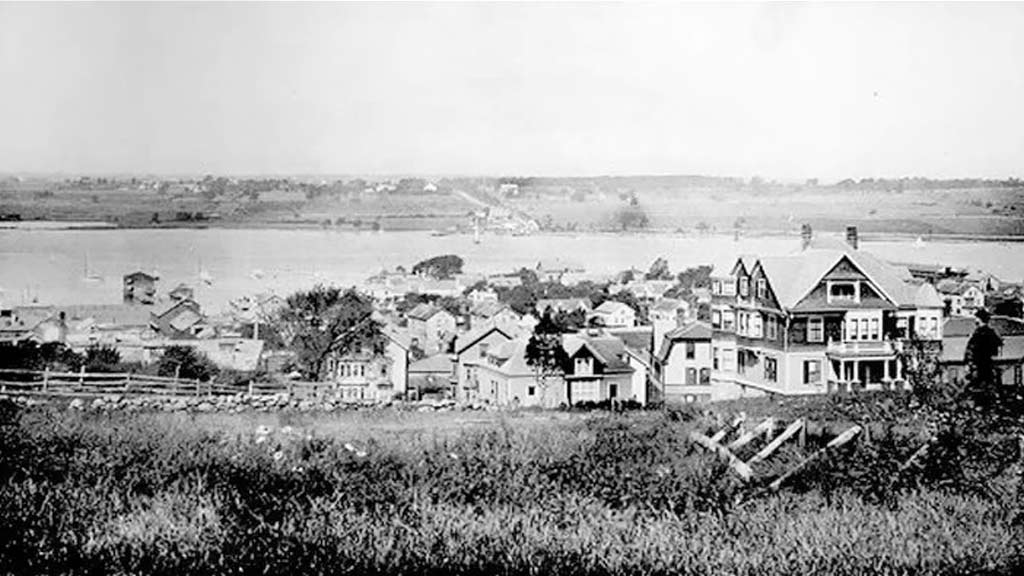
The Wampanoag tribe, known for their connection to the land and maritime activities, were particularly influential in the region surrounding Fall River.
They cultivated crops such as corn, beans, and squash and utilized the Taunton River and Mount Hope Bay for transportation and sustenance.
Trade Networks
Native American tribes in the Fall River area actively participated in regional trade networks, exchanging goods such as furs, pottery, and wampum beads with neighbouring tribes and European settlers.
Survival and Adaptation
Despite the challenges of colonization, Native American communities in the Fall River area persevered, maintaining cultural practices and connections to the land.
Some tribes, such as the Wampanoag, formed alliances with European settlers for mutual benefit, while others retreated to remote areas to preserve their autonomy.
Impact of European Colonization
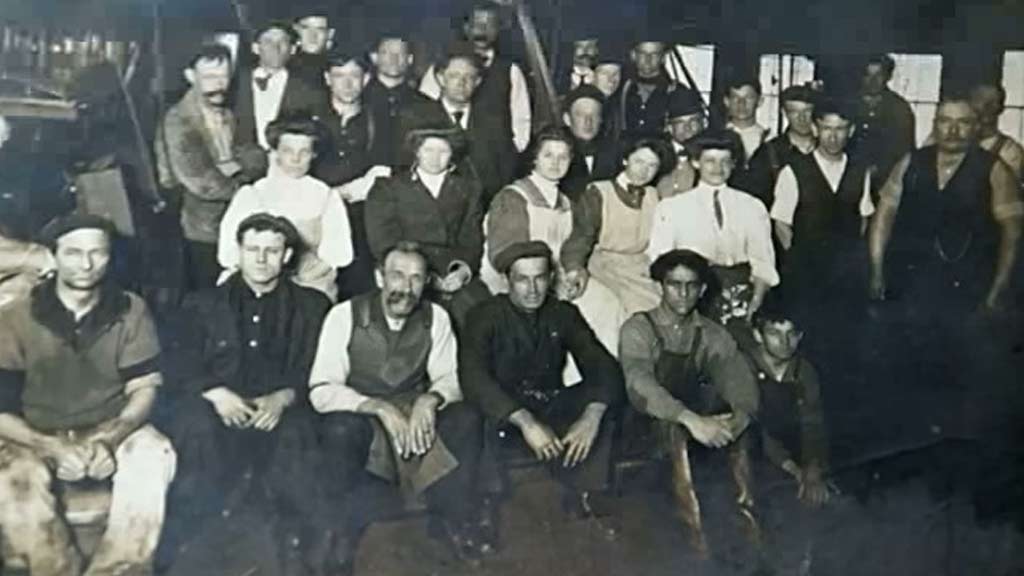
With the arrival of European colonizers in the 17th century, Native American communities in the Fall River region faced displacement, disease, and violence.
The establishment of colonial settlements disrupted traditional ways of life and led to the marginalization of indigenous peoples.
Cultural Heritage
Today, efforts are underway to preserve and celebrate the Native American heritage of the Fall River region.
Local museums, historical societies, and tribal organizations work to educate the public about indigenous history and promote understanding and respect for Native American cultures and contributions.
The area near Fall River, Massachusetts, has a rich Native American legacy that spans millennia.
Despite the profound impacts of colonization and industrialization, the enduring presence of indigenous peoples reminds us of the importance of honoring and preserving their heritage for future generations.
Industrial Revolution in Fall River, Massachusetts History
The Industrial Revolution profoundly impacted Fall River, Massachusetts, transforming it from a quiet area inhabited by Native Americans to a bustling center of textile manufacturing.
Here’s an elaboration on the history of the Industrial Revolution in Fall River:
Textile Industry Boom
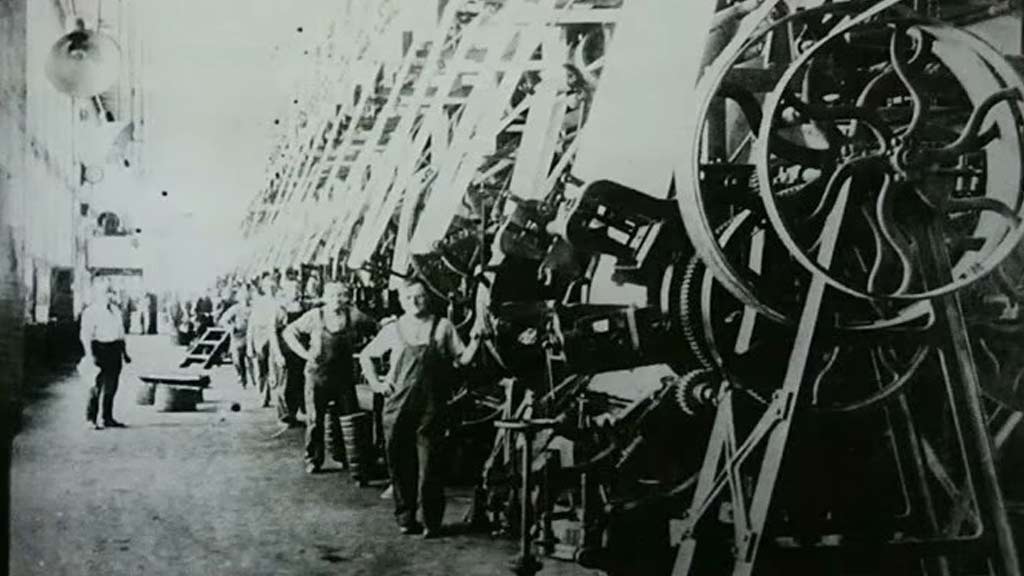
Fall River experienced a rapid industrialization during the 19th century, propelled by the rise of the textile industry.
The city’s proximity to waterways, including the Taunton River and Mount Hope Bay, provided abundant hydroelectric power essential for operating textile mills.
Mill Construction
Entrepreneurs capitalized on Fall River’s natural resources and strategic location, constructing numerous textile mills along the banks of the Quequechan River.
These mills employed the latest machinery and production techniques, making Fall River a leading textile manufacturing center in the United States.
Immigrant Labor
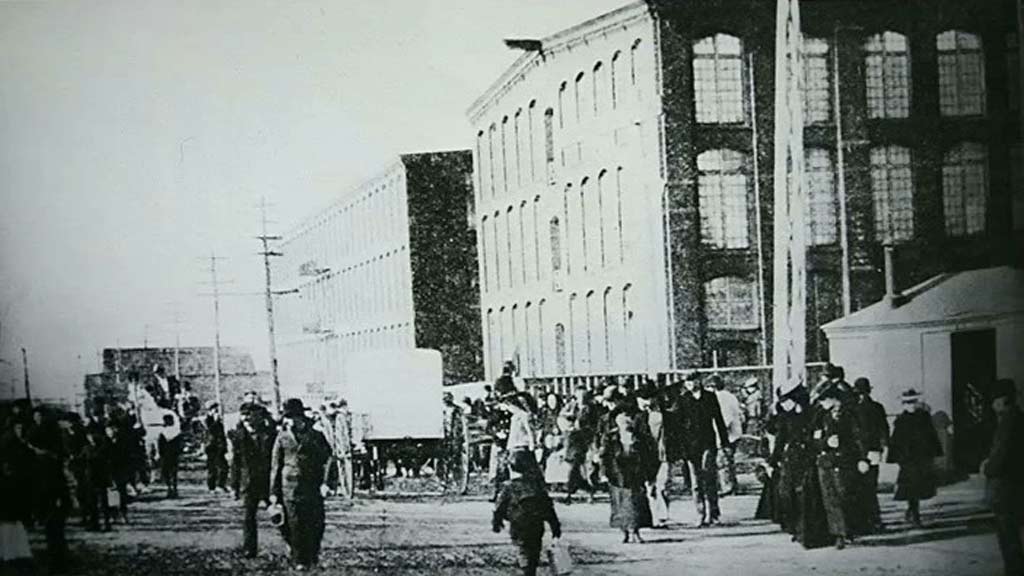
The growth of the textile industry in Fall River attracted a diverse influx of immigrants seeking employment opportunities.
Irish, French-Canadian, Portuguese, and other immigrant groups flocked to the city, forming a vibrant multicultural community and contributing to its industrial workforce.
Urban Development
The Industrial Revolution spurred urbanization in Fall River, as workers migrated from rural areas to the city for employment.
The population surged, and residential neighborhoods, commercial districts, and infrastructure expanded to accommodate the growing workforce and industrial enterprises.
Labor Struggles
Despite the economic prosperity brought by the textile industry, Fall River experienced labor conflicts and social tensions.
Workers, often subjected to harsh working conditions and long hours, organized labor unions and participated in strikes to demand better wages, hours, and working conditions.
Technological Innovations
The Industrial Revolution in Fall River was characterized by technological advancements in textile manufacturing.
Innovations such as power looms, spinning frames, and mechanized weaving processes revolutionized production efficiency and output, further fueling the city’s industrial growth.
Legacy and Decline
The legacy of the Industrial Revolution in Fall River is evident in its architectural landmarks, such as the historic textile mills and worker tenements.
However, the decline of the American textile industry in the late 20th century led to economic downturns and deindustrialization in Fall River, posing challenges to the city’s revitalization and economic diversification efforts.
The Industrial Revolution profoundly shaped the history and development of Fall River, Massachusetts, establishing it as a prominent industrial center and shaping its social, cultural, and economic landscape for generations to come.
Immigrant Influx and Cultural Tapestry of the Fall River
The immigrant influx into Fall River, Massachusetts, during the 19th and early 20th centuries wove a rich cultural tapestry that continues to shape the city’s identity today.
Here’s an elaboration on the immigrant experience and cultural diversity in Fall River:
Ethnic Diversity
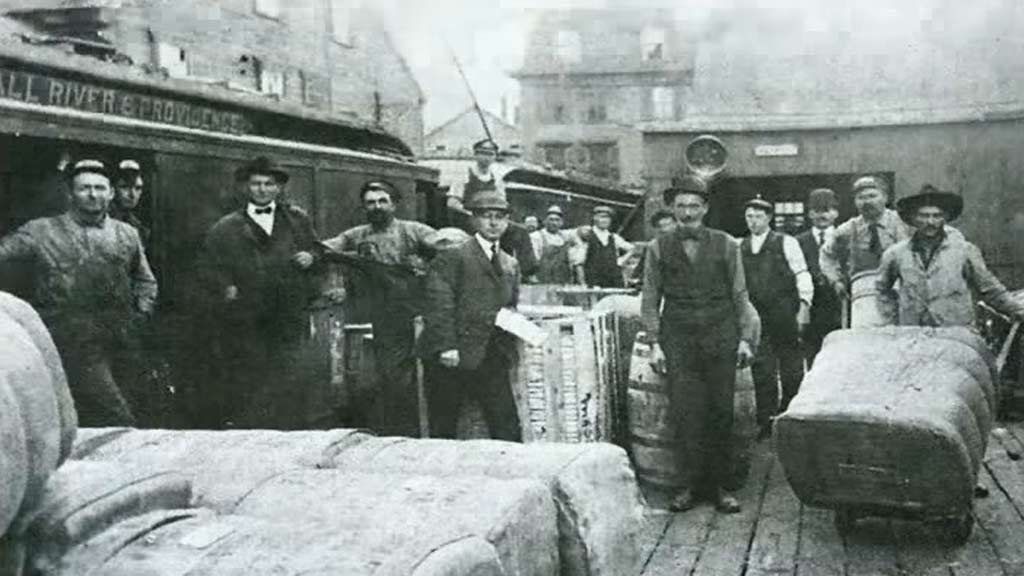
Fall River attracted immigrants from various regions of the world, including Ireland, Quebec, Portugal, Italy, and Poland, among others.
Each ethnic group brought its unique customs, traditions, languages, and culinary delights, enriching the city’s cultural fabric.
Industrial Opportunities
The booming textile industry in Fall River provided employment opportunities for immigrants seeking economic advancement. Many arrived searching for work in the city’s textile mills, contributing to its industrial workforce and economic prosperity.
Neighborhood Enclaves
Immigrant communities in Fall River often settled in distinct neighborhood enclaves, where they could preserve their cultural identity and traditions while adapting to their new surroundings.
Examples include Corky Row (Irish), Flint Village (French-Canadian), and Globe Village (Portuguese).
Religious Institutions
Immigrant communities established churches, synagogues, and other religious institutions that served as centers of worship, social gatherings, and community support networks.
These institutions played a vital role in preserving cultural heritage and fostering a sense of belonging among newcomers.
Cultural Exchange
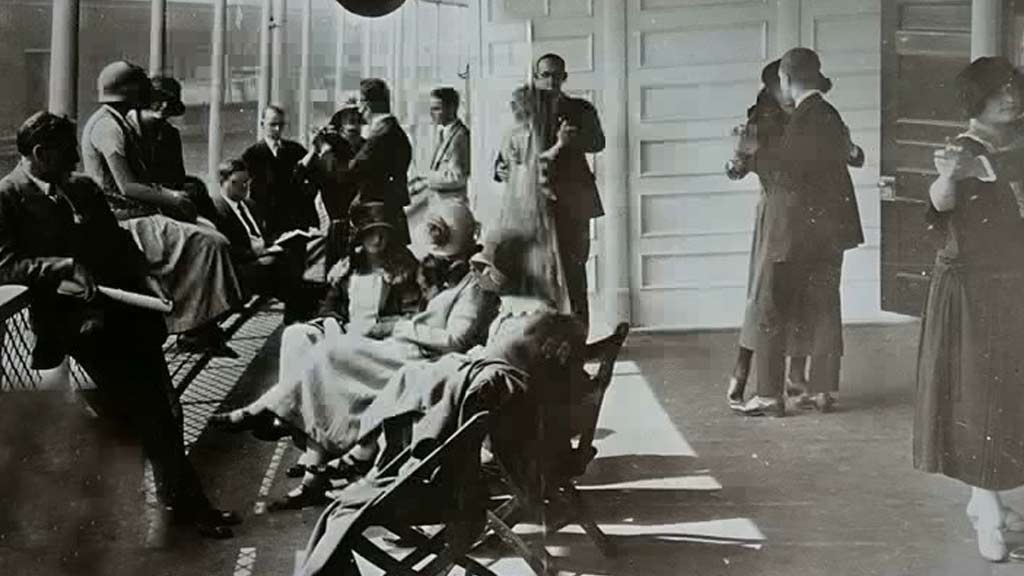
Despite linguistic and cultural differences, immigrant communities in Fall River engaged in cultural exchange and interaction with one another and with established residents.
Festivals, parades, and social events provided cross-cultural exchange and mutual appreciation opportunities.
Contributions to Society
Fall River immigrants significantly contributed to the city’s social, economic, and cultural life.
They enriched the community through their labor, entrepreneurial endeavors, artistic expressions, culinary traditions, and civic engagement.
Integration and Assimilation
Over time, successive generations of immigrants in Fall River integrated into mainstream American society while also preserving aspects of their cultural heritage.
Blending diverse cultural influences has contributed to Fall River’s unique identity as a multicultural city.
Legacy and Heritage
The legacy of immigration endures in Fall River’s historic landmarks, cultural institutions, and family traditions.
Descendants of immigrants take pride in their heritage and continue to celebrate their roots through festivals, cultural events, and community initiatives.
The immigrant influx into Fall River, Massachusetts, played a pivotal role in shaping the city’s cultural tapestry, fostering diversity, and contributing to its dynamic and resilient community spirit.
Significance of Fall River in The Development of Massachusetts
Fall River holds significant importance in the development of Massachusetts, particularly in economic, industrial, and cultural aspects. Here are some key points highlighting its significance:
Industrial Hub
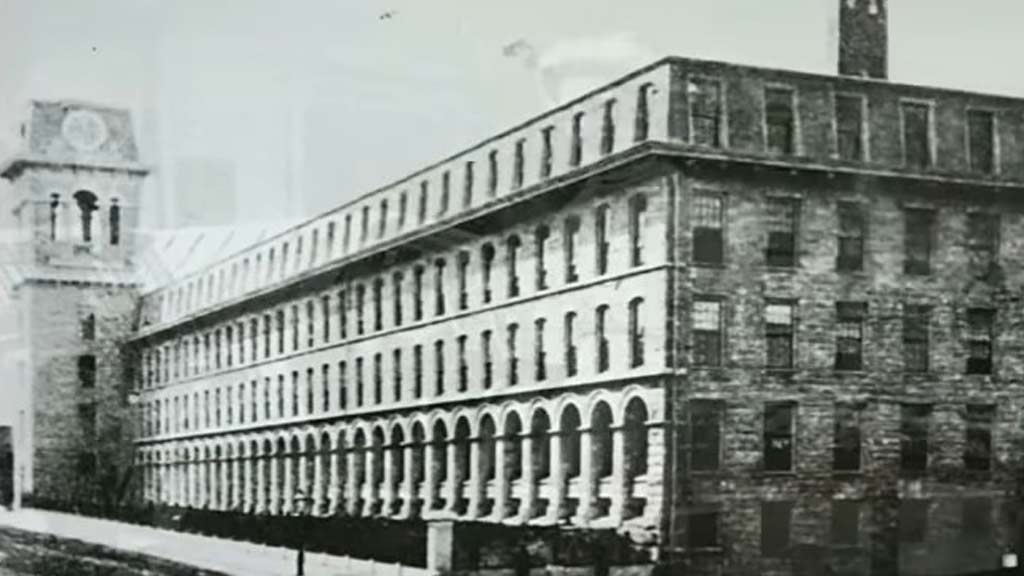
Fall River emerged as a major industrial center during the 19th and early 20th centuries, especially in textile manufacturing.
Its strategic location along waterways provided access to hydropower, driving the growth of textile mills and establishing Fall River as a leading producer of textiles in the United States.
Economic Engine
The industrialization of Fall River contributed significantly to Massachusetts’ economy, generating wealth and employment opportunities for residents and immigrants alike.
The city’s textile mills fueled economic growth and prosperity, attracting workers from diverse backgrounds and supporting ancillary industries.
Immigrant Magnet
Fall River’s industrial boom attracted waves of immigrants seeking employment in the textile mills and other industries.
Irish, French-Canadian, Portuguese, and other immigrant groups settled in the city, bringing their cultures, traditions, and skills, and contributing to its rich cultural tapestry.
Labor History
Fall River played a prominent role in labor history, with workers organizing unions and participating in strikes to demand better wages, working conditions, and labor rights.
The city’s labor struggles, including the infamous “Bread and Roses” strike in 1912, influenced labor laws and shaped the trajectory of the labor movement in Massachusetts and beyond.
Historical Landmarks
Fall River has numerous historical landmarks, including well-preserved textile mills, worker tenements, and cultural sites.
These landmarks serve as reminders of the city’s industrial past and its significance in shaping the history of Massachusetts and the nation.
Modern Transformation
While Fall River’s industrial heyday has waned, the city continues to evolve and adapt, diversifying its economy and revitalizing its urban landscape.
Efforts to preserve its historical heritage while embracing innovation and economic development underscore Fall River’s ongoing significance in the development of Massachusetts.
FAQs
Which immigrant groups contributed to Fall River’s cultural tapestry?
Fall River attracted diverse immigrant groups, including Irish, French-Canadian, Portuguese, and others, who settled in the city to work in textile mills and other industries.
These immigrants brought their cultures, traditions, and skills, enriching Fall River’s cultural landscape.
What were some significant labor events in Fall River’s history?
Fall River witnessed notable labor events, such as the “Bread and Roses” strike in 1912, where textile workers protested for better wages and working conditions.
These labor struggles were pivotal in shaping labor laws and the labor movement in Massachusetts.
How did Fall River’s industrialization impact its urban development?
Fall River’s industrialization led to rapid urban development, with the construction of textile mills, worker housing, and infrastructure to support the growing population.
Neighborhoods, commercial districts, and cultural institutions emerged, shaping the city’s urban landscape.
What historical landmarks can be found in Fall River?
Fall River boasts numerous historical landmarks, including well-preserved textile mills, worker tenements, and cultural sites.
These landmarks serve as reminders of the city’s industrial past and its significance in shaping the history of Massachusetts and the nation.
Wrapping Up
In tracing the history of Fall River, Massachusetts, we uncover a narrative of industrialization, immigration, labor struggles, and cultural diversity.
From its pivotal role in the textile industry to its vibrant immigrant communities and labor activism, Fall River’s history reflects the broader themes of economic development, social change, and resilience.
As the city continues to evolve and adapt, its rich heritage serves as a testament to the enduring spirit of its residents and their contributions to Massachusetts’ history and identity.
Jaclyn Lowe